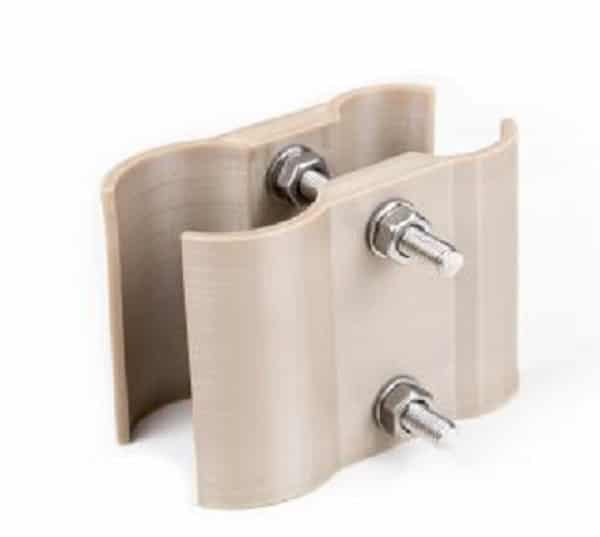 The global smart manufacturing market size was valued at USD 172,34 billion in 2016 and is expected to witness significant growth over the forecast period of 2018-2025*. With the advent of new advanced technologies, it is believed that we are on the verge of an industrial era, which can fundamentally change the global manufacturing industry.
The global smart manufacturing market size was valued at USD 172,34 billion in 2016 and is expected to witness significant growth over the forecast period of 2018-2025*. With the advent of new advanced technologies, it is believed that we are on the verge of an industrial era, which can fundamentally change the global manufacturing industry.
For instance, the digital representation of 3D printing technologies within a digitalized manufacturing landscape could profoundly make manufacturing work more efficiently. The management of data from the conceptual stage of product development to the end-of-life stage of the product can entirely be networked within a digital framework. Thus allowing for a huge reduction of our global manufacturing carbon footprint as well as savings in time, on materials and on the cost of ownership in manufacturing. Industry 4.0, the era alluded above, brings with it a digital transformation culture of which 3D Printing occupies a core position.
About 63,000 units of 3D printers for industrial/commercial applications have so far been installed worldwide by 2016** whilst the Material Extrusion (ME) 3D Printing technology continues to be the most commonly used Additive Manufacturing (AM) tool with about 35% share of the technologies segment***. The introduction of high performance polymers and the application potential of the ME 3D printing method in healthcare are the key growth drivers of this technology.
Already up to 90% cost savings and improved production processing is possible by the implementation of high performance polymers in AM for routine based operations in the production of Jigs, fixtures and spare parts. Jigs and fixtures are indispensable tools in production and manufacturing procedures with their immediate availability capable of reducing production time and shortening delivery schedules.
The ability to rapidly manufacture jigs, fixtures and spares parts using 3D printing technologies leads to reduction of manufacturing downtime due to faster maintenance and repair operations; a key resultant of this being an increase in overall productivity.
In order to assure the quality of 3D printed tools and satisfy part requirements, a variety of high performance polymers, which exhibit excellent mechanical, thermal and chemical properties, can be used. Additionally the use of composite materials such as carbon fiber-reinforced PEEK provide an attractive potential for industrial spare parts or tools due to its high rigidity, corrosion resistance and heat resistance.
The Apium P220 Series 3D printers provide a digital identity, which makes it possible for manufacturers to insert this machine in their manufacturing network so as to meet time critical requirements such as tooling, fixture production and replacement of broken parts. Apium P220 Series machines have an open system for materials and it is driven by an intuitive software thus facilitating non-repetitive pathways during machine operation.
* https://www.grandviewresearch.com/industry-analysis/smart-manufacturing-market, ** https://www.smitherspira.com/resources/2017/july/3d-printing-reaching-the-mainstream, *** https://gminsights.wordpress.com/tag/healthcare-3d-printing-market-pdf/








